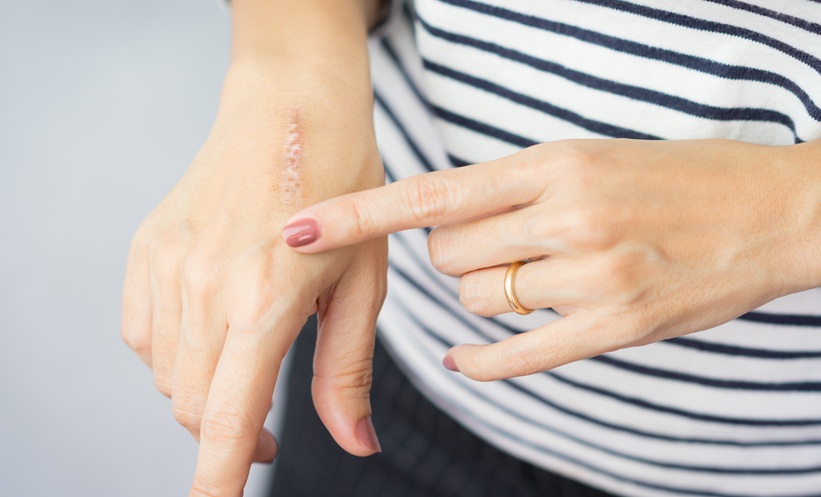INTRODUCTION
Psoriasis is a chronic, immune-mediated inflammatory skin disorder that is characterised by the presence of well-circumscribed scaly red plaques.1 The disease can be separated into mild, moderate, and severe, and is usually categorised by percentage of skin affected; involvement of high-risk areas, such as the groin; and resistance to conventional treatments. Biological agents are typically reserved for severe psoriasis that has failed other therapies, due to the cost and adverse effects associated due to immunosuppressing attributes. HIV is a disease that attacks the immune system progressively, increasing the risk of opportunistic infections and malignancies. Patients with HIV and severe psoriasis who require biological agents are thus thought to be at increased risk of adverse events.2 The authors conducted a systematic review to determine the safety profile of biological agents in patients with HIV and psoriasis.
MATERIALS AND METHODS
A systematic review of existing studies was performed. Eligible studies reported patients with a diagnosis of both psoriasis and HIV being treated with biological agents.
RESULTS
A total of 43 studies were identified from systematic database searches after applying inclusion and exclusion criteria, which totalled 93 patients. In the authors’ pooled cohort, adverse events were reported in 14% (13 out of 93) of patients. The different categories of biological agents being used were IL-17, IL-23, and anti-TNF agents. The pooled proportion of adverse events in each group were 30% (3 out of 10), 3% (1 out of 30), and 13% (6 out of 45), respectively.
CONCLUSION
The evidence examining the safety profile of biological agents in patients with HIV and psoriasis is very limited. The data is promising, however, revealing the safety of biologic use, and further prospective studies with larger cohorts are required to reaffirm the findings in the present review.







